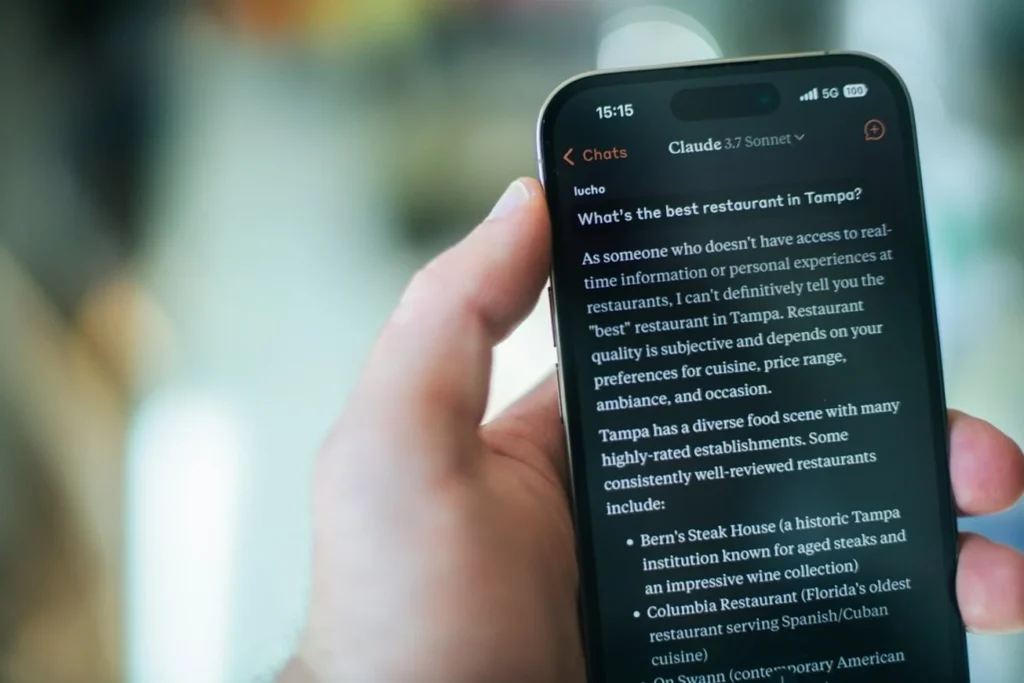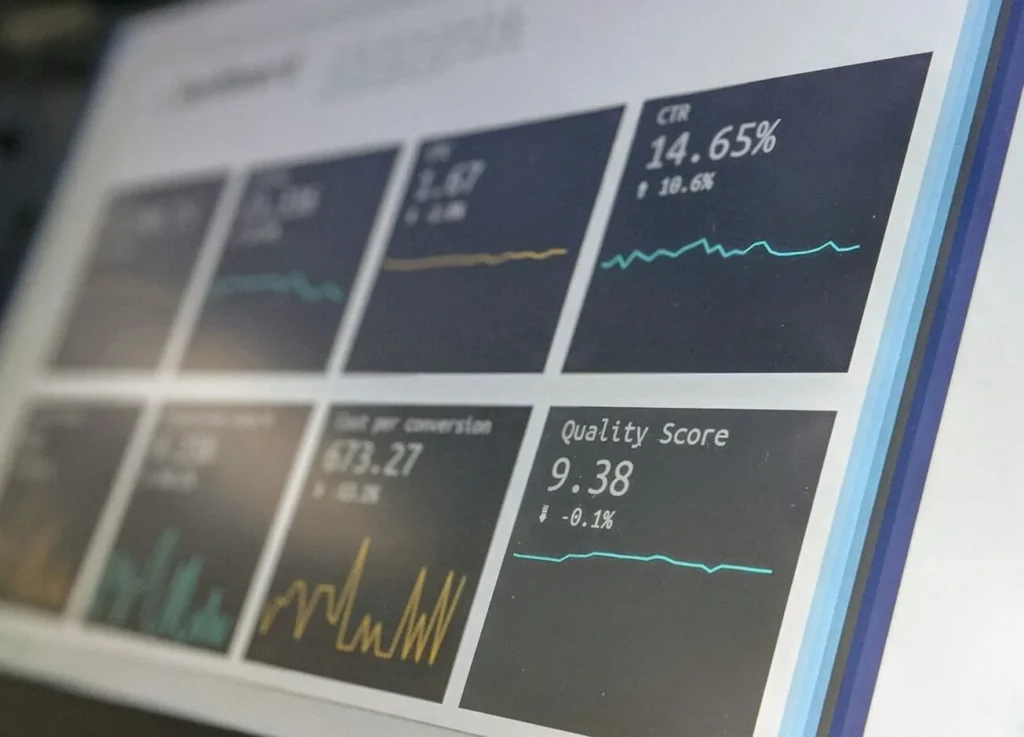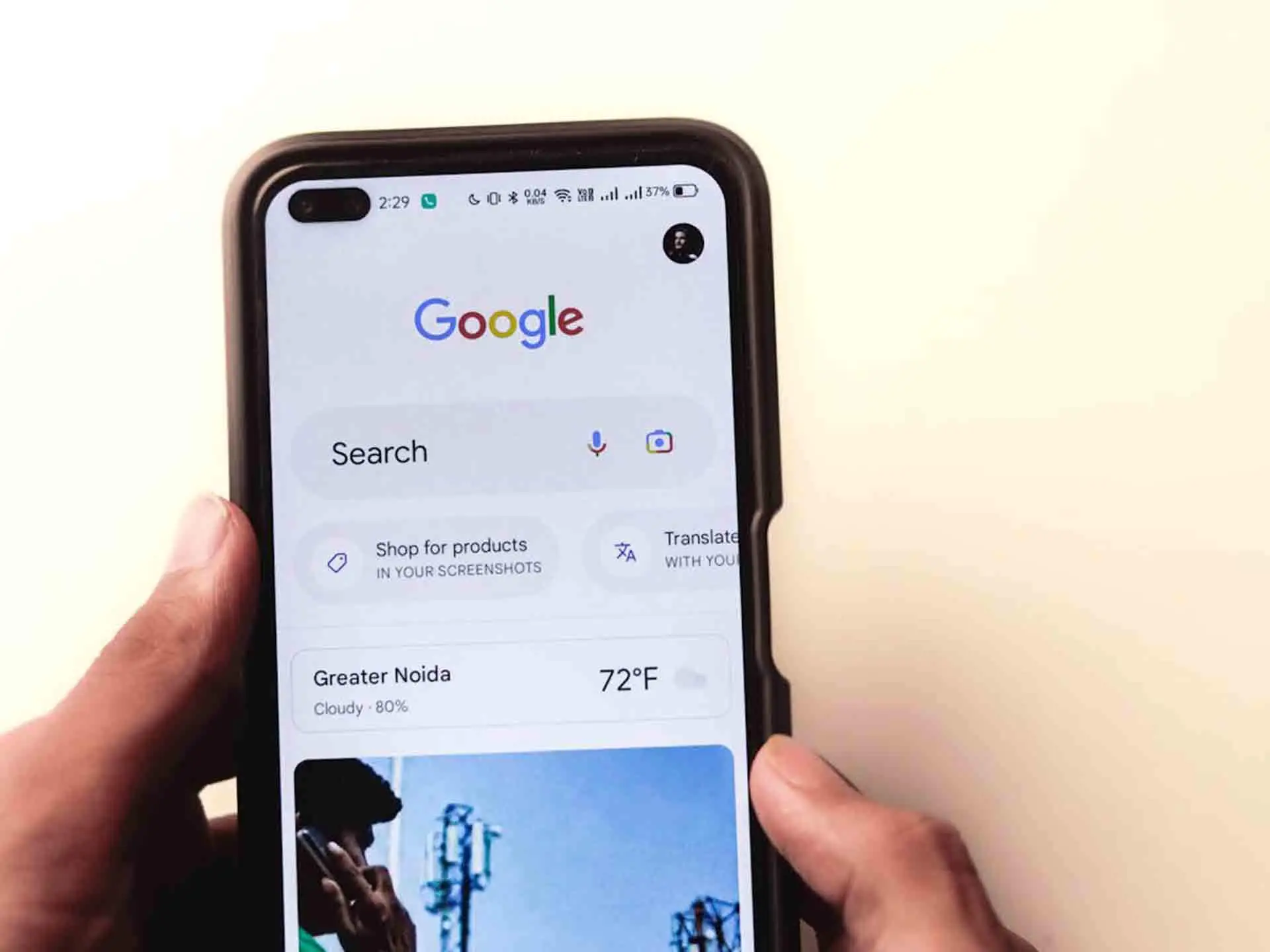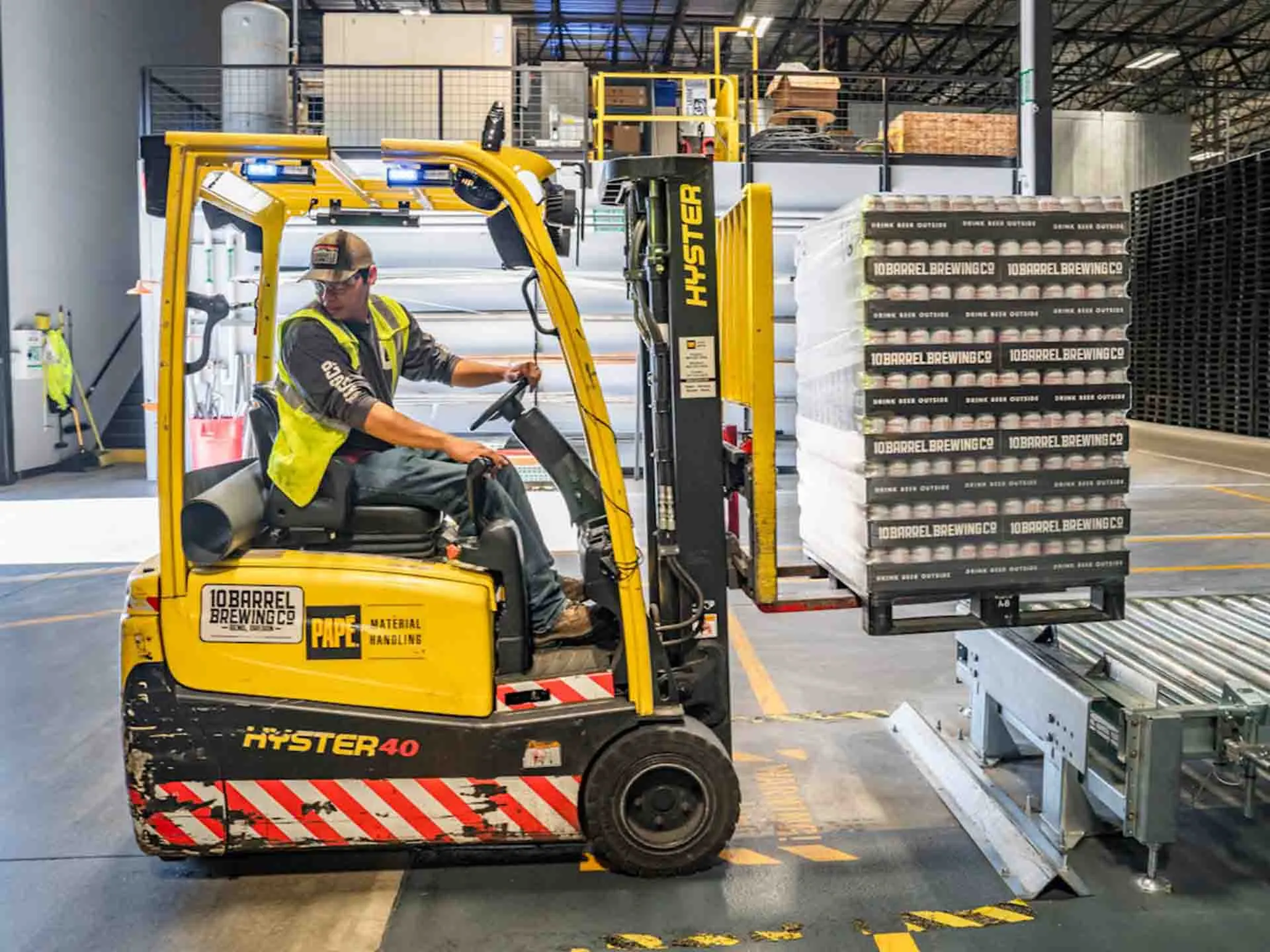The search landscape is changing fast. If you’re still relying on old-school SEO tactics alone, you’re falling behind. Today’s businesses need to understand the shift from traditional SEO to AI search optimization and how to adapt their marketing plans.
It’s not about choosing sides, or completely scrapping older approaches. Instead, it’s about when and how to use each approach to meet your marketing needs. Here’s what every business should know about AI search optimization vs traditional SEO.
What Is Traditional SEO?
It may seem odd to call something as new as digital marketing “traditional”. However, traditional SEO has been the backbone of marketing online for two decades. Its primary focus? Optimizing websites for search engines like Google through proven methods like:
- Keyword research and placement
- On-page optimization
- Link building
- Technical SEO improvements
- Content creation based on search volume
These tactics still work! But they’re not enough anymore.
Traditional SEO treats search engines as a keyword-matching machine. You use target phrases to show Google what your page is about. It’s built for simple search algorithms. But that search landscape is changing.
The Rise of AI Search Optimization vs. Traditional SEO

What, then, is AI search optimization vs traditional SEO? It’s a fundamental shift in search marketing. Modern search engines now use artificial intelligence to understand the user’s intent and context, or broader meaning, not just the keyword string they entered.
This means AI SEO strategy goes beyond keywords as well, focusing on:
- User intent and search behavior patterns
- Natural language processing
- Semantic search optimization
- Conversational queries and voice search
- Personalized search results
So, when talking about SEO vs AEO (Answer Engine Optimization), we’re designing search to be understood by AI systems like ChatGPT, Claude, and Google AI Overviews, as well as traditional search engines.
How AI SEO Strategy and Traditional SEO Differ
The differences in SEO vs AEO strategies are approach and focus.
- Traditional SEO asks what keywords people are searching for
- AI SEO strategy asks what problems the searcher is trying to solve.
AI systems can better understand complex, conversational queries and better contextualize how keywords are “really meant” within the query, rather than just robotically reading the keyword string.
SEO vs AEO: Do I Really Need Both?
This means smart digital marketing needs to appeal to AI systems as well, while keeping a strong traditional search engine presence (Google hasn’t gone away, after all).
Traditional SEO is still the best way to drive traffic through:
- Organic search rankings
- Local search results
- Image and video search
- Shopping search results
However, an AI SEO strategy lets you target traffic from:
- AI chatbots and assistants
- Voice search devices
- Featured snippets and AI overviews
- Conversational search platforms
So nowadays it’s not really SEO vs AEO. It’s SEO and AEO. You need both to make sure search is properly capturing your business at every potential point.
Adding AI SEO strategy to Traditional SEO
Of course, that’s easy to say. But how do you do it?
Start with your traditional SEO foundation. Make sure your website loads fast and is responsive, has clean URLs, and targets relevant keywords. We’re not throwing away what works.
Now, you add on your AI SEO strategy as a new layer. This means:
- Creating content that answers specific questions your customers ask. So take your “marketing software” keyword, and think about the questions or help users would need around it. So maybe “how to choose marketing automation software for small businesses.”
- Then, optimizing for conversational queries. Remember, people “talk” to AI in complex, human-like questions, not staccato keyword phrases. Make sure your content offers the complete (and helpful!) answer.
Overall, focus on expertise and authority. AI systems favor content from trusted sources. Build your reputation through consistent, high-quality content and legitimate backlinks.
The Future of Search Marketing
Looking ahead, we can expect the SEO vs AEO landscape to blur further. Search engines are already becoming “answer engines”. Users are becoming used to instant, but accurate, responses. While traditional SEO tactics are important for discoverability, AI search optimization shows how user experience and content quality matter even more.
For smart businesses with an eye on the future, this means incorporating some key elements into their overall marketing plan aimed at structuring content better for AI:
- Structured data markup for better AI understanding
- FAQ sections that answer common questions
- Long-form content that provides comprehensive information
- Local optimization for voice search queries
Ensuring Your Business Is Ready for AI SEO Strategies
As we stressed earlier, it’s important not to think of it as a binary. It’s not AI search optimization vs traditional SEO. It’s a case of appealing to both, with a mind to your audience and industry as well as your goals.
B2B companies may still benefit from a focus on traditional SEO, as this is a sector where traditional search methods still dominate. For consumer brands, however, a strong AI SEO strategy is already essential to attract voice search and AI assistant traffic, and it’s accelerating fast.
Small local businesses need a more hybrid approach. AI still isn’t great at understanding “near me” searches. At least not the way Google does. So traditional SEO really counts. Meanwhile, AI search optimization helps introduce your business to natural language queries in your area as well.

Getting Started with AEO Today
Don’t let the SEO vs AEO talk paralyze you. It’s just another adaptation in the wider digital marketing landscape. We’ve weathered worse with some of Google’s key algorithm shifts over the decade!
Optimizing for AI uses many best practices that should already be present in your content. So, it’s more a case of making sure those elements shine than reinventing the wheel altogether.
- Start by auditing your current traditional SEO performance. How are you ranking for keywords? Are you solid on the technical side?
- Then, look for opportunities to boost your AI SEO strategy. What questions do customers ask? How can you better answer those questions compared to your competitors?
The businesses that build for AEO (also called AI SEO), as well as SEO, will have a long-term advantage. And getting started is pretty simple. You may enjoy our AI-readiness checklist to help you start.
The search landscape is ever-changing, and always has been. Today, businesses need to understand both traditional SEO and AI SEO strategies to stay ahead of the curve. So the real question is how quickly you can master both for real marketing success. The AI-First Mindset® team is here to help you grow your AEO, so don’t hesitate to reach out today.
Recent Posts
-
Published on: November 11, 2025
-
Published on: November 4, 2025
-
Published on: October 28, 2025







